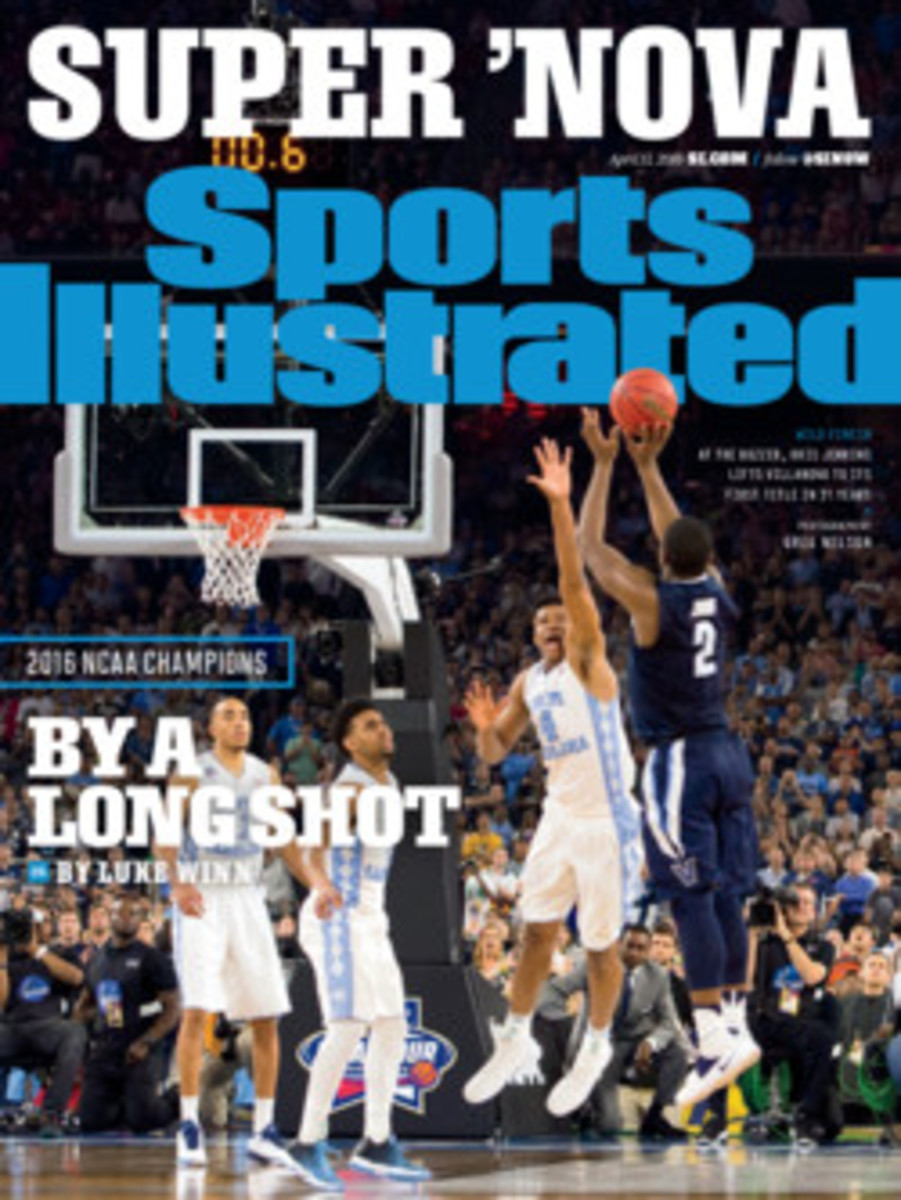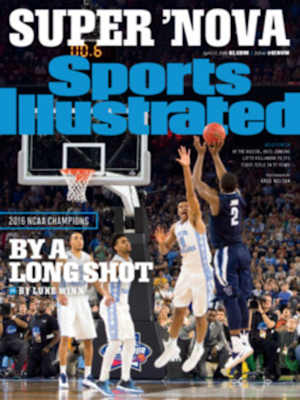
The Case for ... Taking a Stand
LAST WEEK THE five most prominent members of the World Cup--winning U.S. women's national soccer team dropped a bombshell, filing a wage discrimination complaint against the U.S. Soccer Federation with the Equal Employment Opportunity Commission (a U.S. government agency). The claim from Carli Lloyd, Alex Morgan (right), Megan Rapinoe, Hope Solo (far right) and Becky Sauerbrunn is straightforward: That U.S. Soccer pays the U.S. women's team less than the U.S. men for the same work.
"The reason the players have filed is because the USSF has made it clear they will not consider equal pay [with the U.S. men] in the negotiations for a new [collective bargaining] agreement," said Jeffrey Kessler, the lawyer representing the players. U.S. Soccer's lawyer, Russell Sauer, denied Kessler's claim, saying the federation made no such statement, but the reference to a new CBA is the key. While an EEOC investigation could take longer than a year, the women are amid contract negotiations, which makes this an opportune moment to stand up for their rights. If you're angling for a new CBA, using a federal discrimination complaint to spur talks is a whip-smart move.
From a p.r. perspective, publicizing the pay disparity puts the pressure on U.S. Soccer. The women's and the men's teams have separate unions that negotiate with the national federation. The men's CBA (last negotiated in 2011 and running through '18) and the women's CBA (last fully negotiated in '06) have some stark differences. A win in a friendly, for example, brings a women's player $1,350 and a men's player anywhere from $9,375 to $17,625. Making the World Cup roster brings $15,000 to a women's player and $68,750 to a men's player. The men get more money than the women for per diem expenses ($75 to $60 outside the U.S.), sponsor appearance fees ($3,750 to $3,000) and attendance ticket revenue bonuses ($1.50 to $1.20 per ticket). It was no surprise that Hillary Clinton tweeted support for the female players, saying, "Every woman deserves equal pay."
"These athletes have probably the strongest case for pay discrimination against women that I have ever seen," said Kessler. "Because you have a situation where not only are their work requirements identical ... but they also have outperformed the men both economically and on the playing field in every possible way the last two years."
That's a bit misleading. From a performance perspective, far fewer countries are currently serious about competing in women's soccer compared with the men's game. Financially, the apples-to-apples comparison on revenue generation is a four-year World Cup cycle, not one or two years. (What's more, World Cup bonuses in previous CBAs have been tied directly to the prize money given by FIFA in World Cups, which is more than 30 times greater for the men.) U.S. Soccer said last week that over a full World Cup cycle the men generate nearly twice as much revenue for the federation. A look at U.S. Soccer's most recent financial report—including actual revenues for the last two years and projected figures for the next two—suggested the gap is closer than that from 2014 to '17.
Ultimately the U.S. women are almost certain to sign a new CBA before any EEOC ruling, and it seems unlikely that they'll receive the exact same pay as the men, at least when it comes to incentives related to World Cup prize money. Yet everyone, including U.S. Soccer, agrees the 2015 World Cup winners are due a big raise, and last week's EEOC filing increases the chances that the federation's best CBA offer will come sooner rather than later.
A win in a friendly brings a women's player $1,350 and a men's player anywhere from $9,375 to $17,625.
PHOTO
FRANCK FIFE/AFP/GETTY IMAGES

